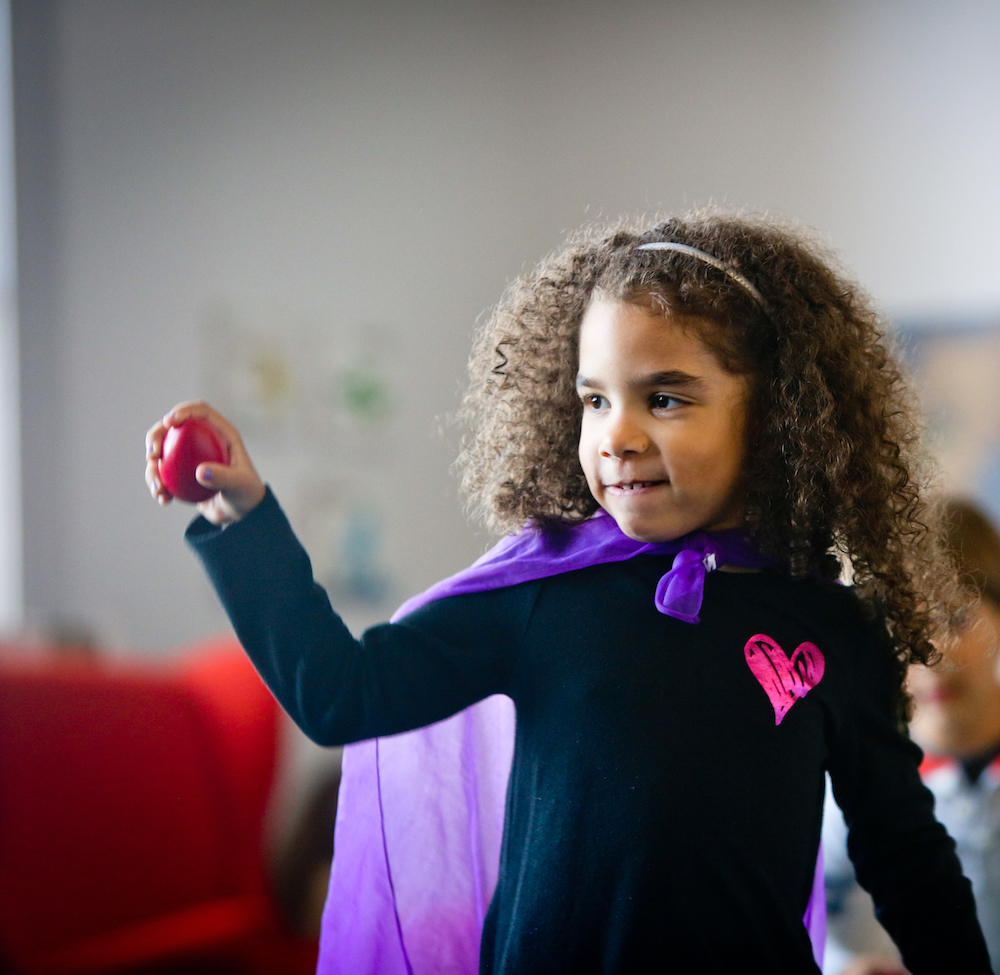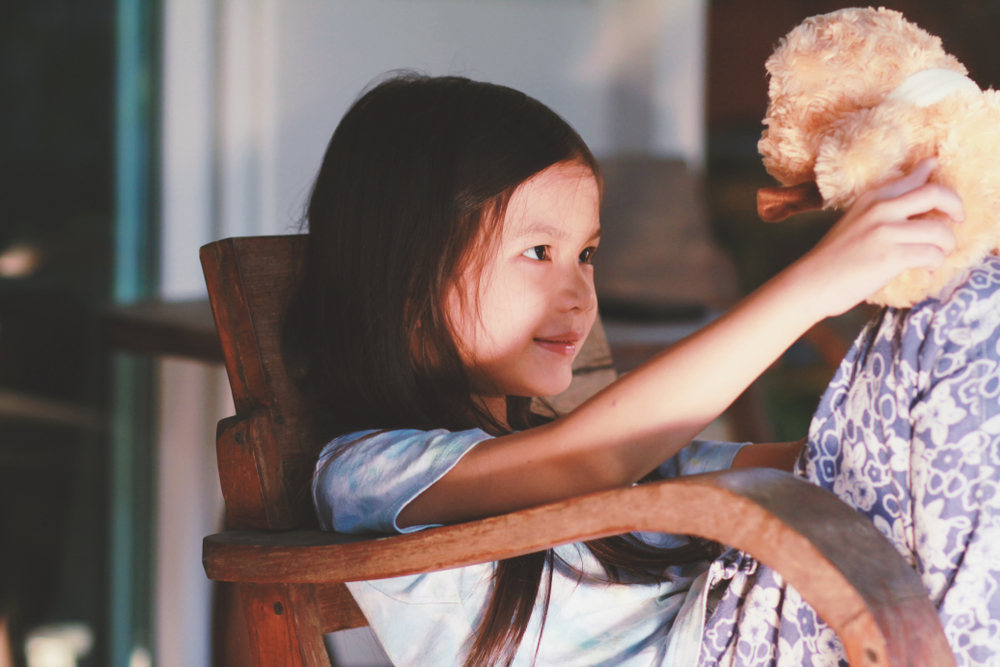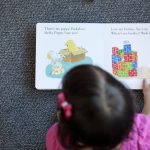Does your child have imaginary friends? Wondering if it’s a positive or a negative phase? Let me tell you a story…
My mother grew up in a small southern US town in the 1940s, when polio was rampant. My grandparents, who were older and struggled to have a child, were naturally fearful of the disease and scared to lose her. So, Mom wasn’t allowed to play with other children very often.
Except for one.
Now in her mid-80s, Mom still speaks vividly about Sue—the imaginary friend who saved her from loneliness and helped her practice friendship skills. Sue helped my vivacious, extroverted mother thrive, even in her isolation.
Imaginary friends are more common than you think…especially in a pandemic.
Experts are weighing in on why they exist, if they’re a good thing, and if they’re a helpful developmental tool for little ones.
Why is there an uptick in imaginary friends?
Pretend playmates have always been around, in both uncertain and “normal” times. However, after nearly a year of COVID-induced social isolation, imaginary friends are reportedly popping up in more households than ever before.
Children who are entering the stages of cooperative play, and even older kids who are missing school, sports, and more, may naturally fill these developmental gaps by creating friends they can play with any time, anywhere.

Are imaginary friends healthy?
While it’s easy to wonder if imaginary friends indicate problems in children, early childhood experts disagree. In fact, children who have them (and approximately 65% under age 7 do!), might surprise you in how they interact with these made up buddies.
Maybe you notice them taking turns, showing empathy, or even disagreeing and compromising. These are all good things that may help keep your child on track with cognitive and social-emotional milestones.
How are imaginary friends helpful, especially now?
Not all children gravitate toward this type of behavior. But if you’re looking for a way to help yours combat loneliness (even children with siblings), consider encouraging them to create some playmates.
You could start by modeling conversations with their favorite teddy bear or inviting all of their stuffed animals to a dance party. Then, just see where their own imaginations take them.
By letting your children take the reins, you’re fostering neural connections, creativity, and so much more.
Perhaps most important, imaginary friendships offer plenty of safe practice in how to navigate social situations—the one area we know will be difficult for many children as we reenter a post-pandemic society.

What does music have to do with imaginary friends?
Music doesn’t have to be a part of the relationship, but it’s an easy and enjoyable shared experience. My mom, a lifelong musician, certainly remembers music as a big part of her memories with Sue.
So, put on a song, turn up the volume, and leave the room. Your child might soon be singing and dancing with a friend. Who knows…it might be a girl (or a boy) named Sue!
For a perfect song choice, check out “Best Friends.” Play it below or stream it directly from our app, which has a ton of other songs and themed playlists to choose from (available on the App Store or Google Play).
At Kindermusik, imaginary friends are welcome in both our virtual and in-person classes. Bring them along for some music and movement fun, and maybe get to know other children’s pretend besties while you’re there!




